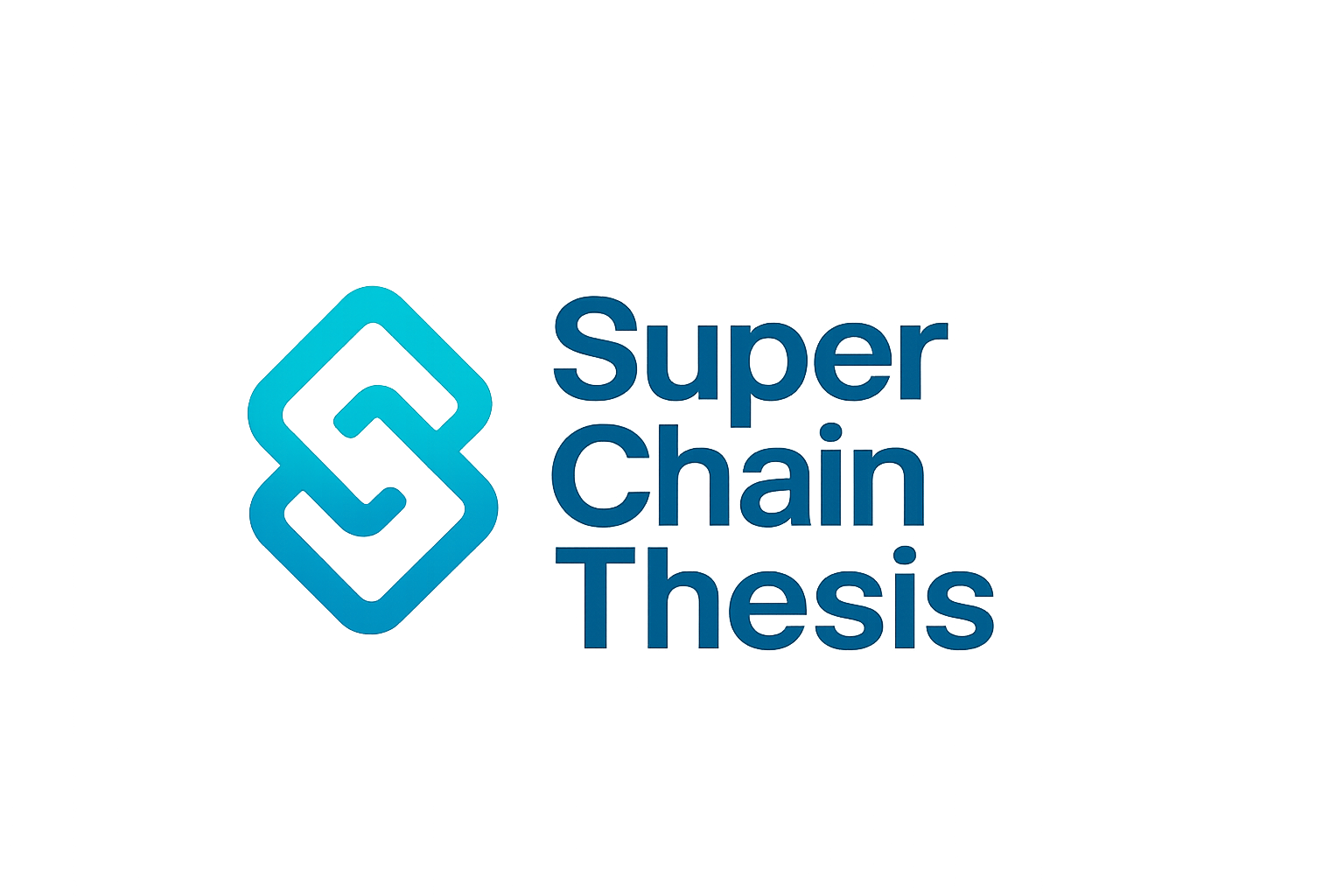
Blockchain scalability has long been constrained by the limits of monolithic chains and even traditional rollup architectures. As demand for high-throughput applications grows – especially in gaming, DeFi, and real-time social platforms – existing solutions struggle to keep pace. Enter ephemeral rollups, a breakthrough approach spearheaded by MagicBlock that is rapidly reshaping the scalability landscape.

Why Ephemeral Rollups? The Scalability Bottleneck
Most blockchains, even those with low fees, hit scalability and cost walls under heavy load. For example, scaling a game to 100,000 concurrent players can require throughput exceeding 1,000,000 transactions per second – a level no existing L1 or L2 can support natively. Traditional rollups, while effective for many use cases, introduce their own horizontal scaling tradeoffs, often struggling with latency, cost, and composability at extreme scale.
MagicBlock’s ephemeral rollups are engineered to address these pain points directly. By spinning up temporary, high-performance execution environments on demand, they provide the elasticity needed for bursty, high-concurrency workloads – all while maintaining seamless integration with Solana’s mainnet and Virtual Machine (SVM).
The MagicBlock Approach: Temporary Blockspace, Permanent Impact
At the core of MagicBlock’s innovation is the concept of temporary blockspace. Rather than relying on always-on, resource-intensive rollups, MagicBlock launches disposable execution environments that exist only as long as the workload demands. These ephemeral rollups offer:
Key Features of MagicBlock Ephemeral Rollups
-
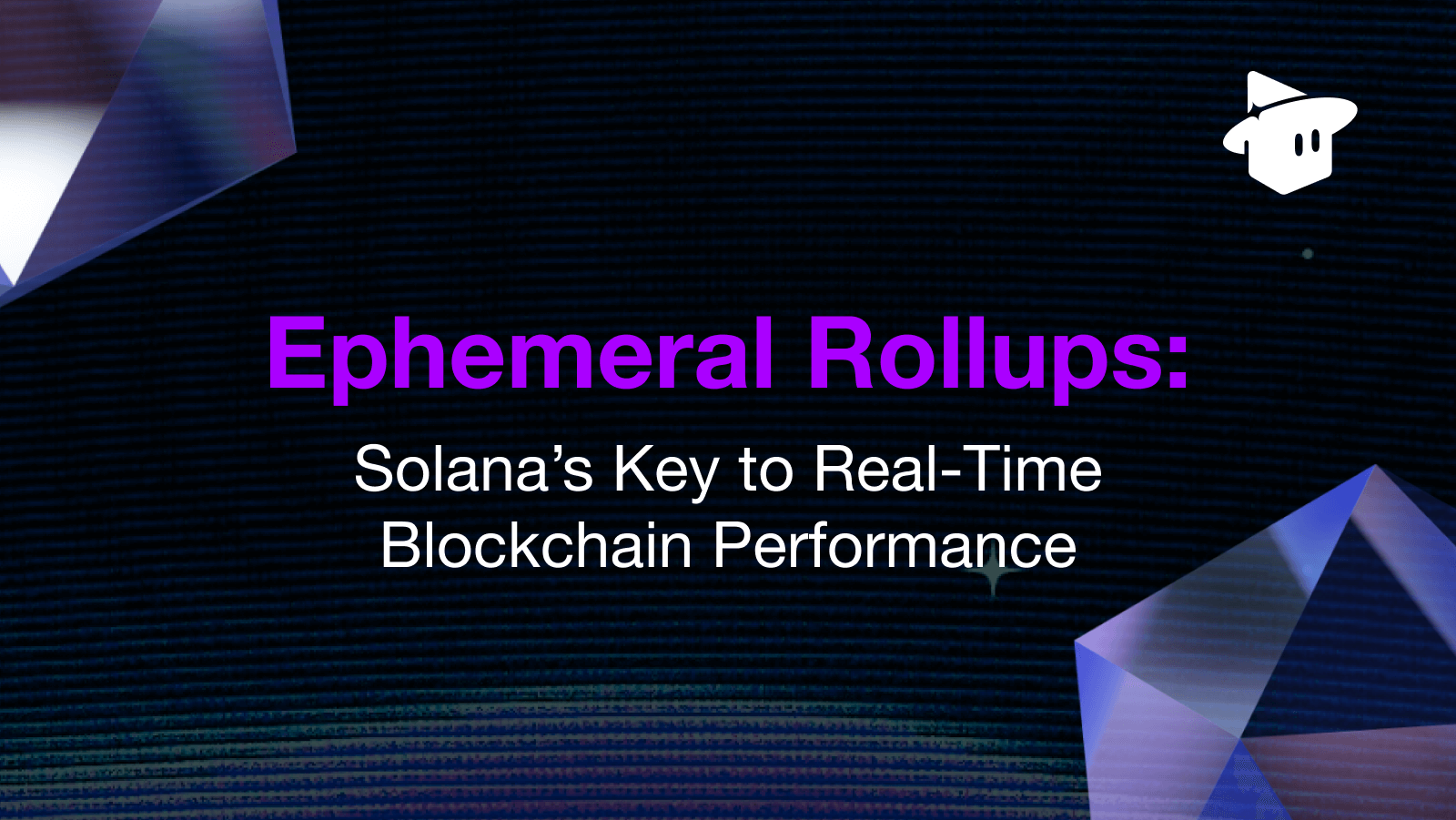
Ultra-Low Latency Transactions (~10 ms): MagicBlock’s ephemeral rollups enable near-instant transaction finality, crucial for real-time applications such as gaming and DeFi.
-
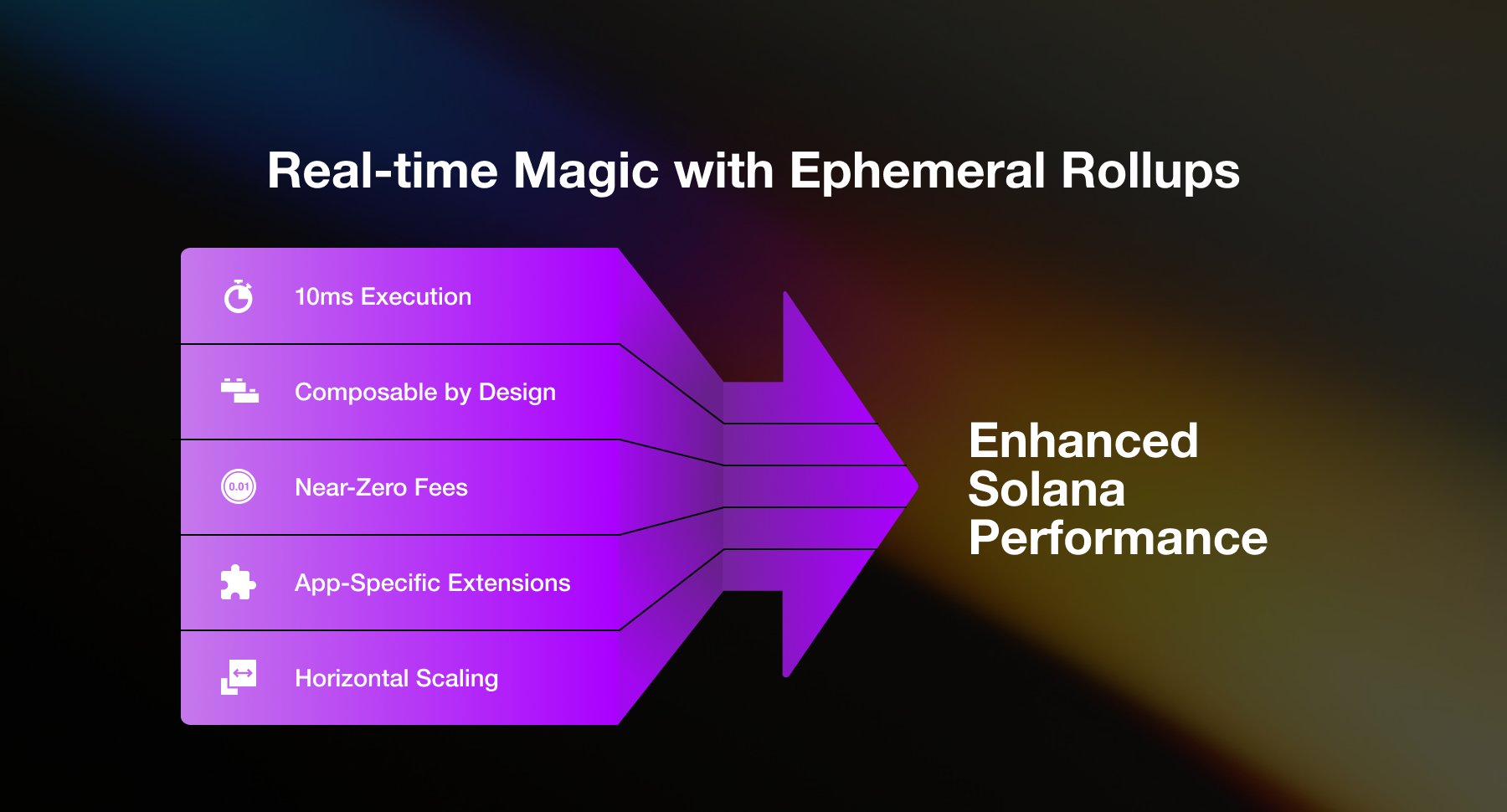
Gasless Operations: By abstracting transaction fees, MagicBlock allows developers and users to interact with on-chain applications without incurring traditional gas costs, significantly lowering barriers for high-frequency use cases.
-
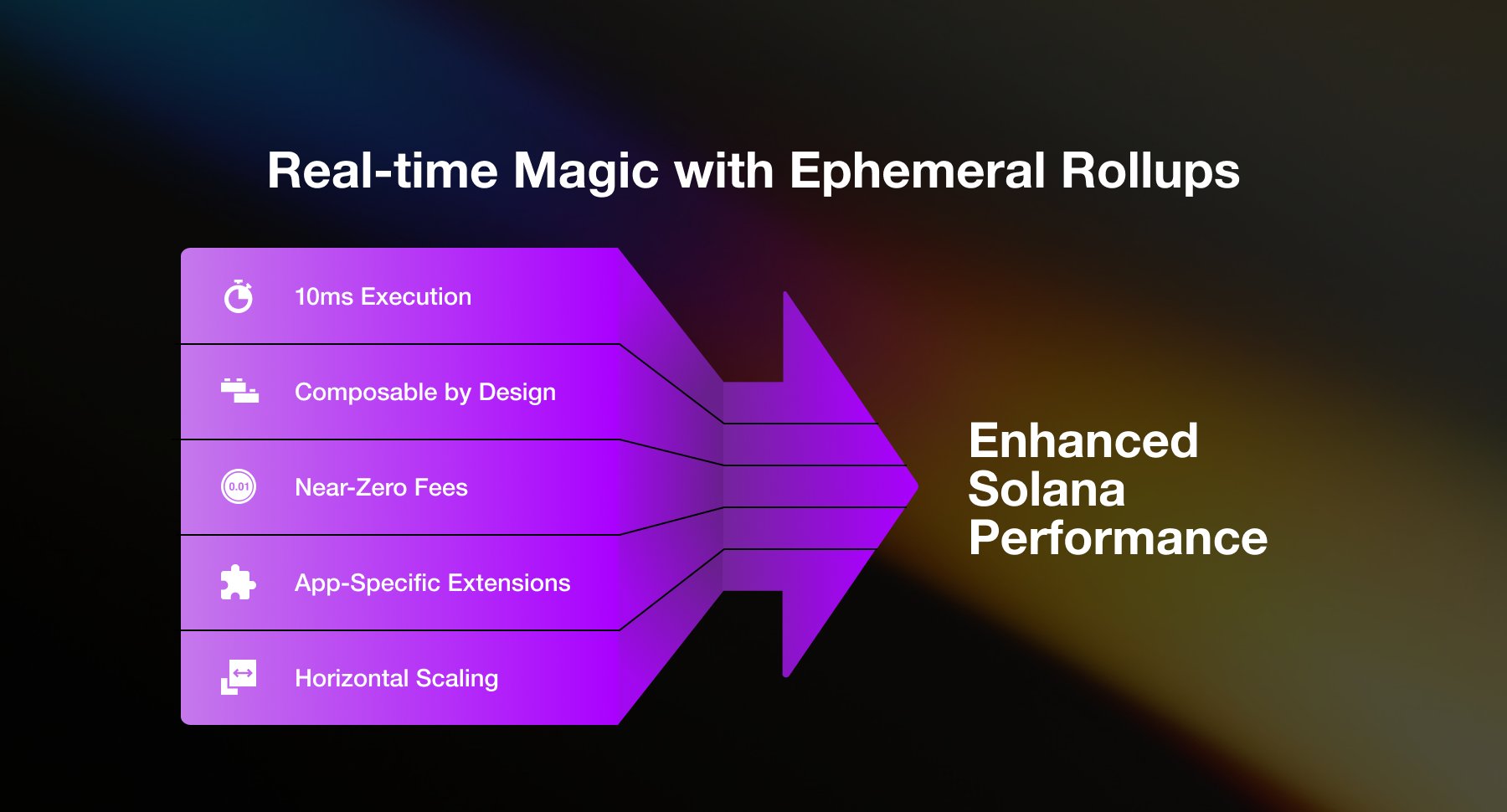
Horizontal Auto-Scaling: Multiple ephemeral rollups can be spun up in parallel, dynamically allocating resources to meet demand and supporting workloads that exceed the limits of traditional rollups.
-
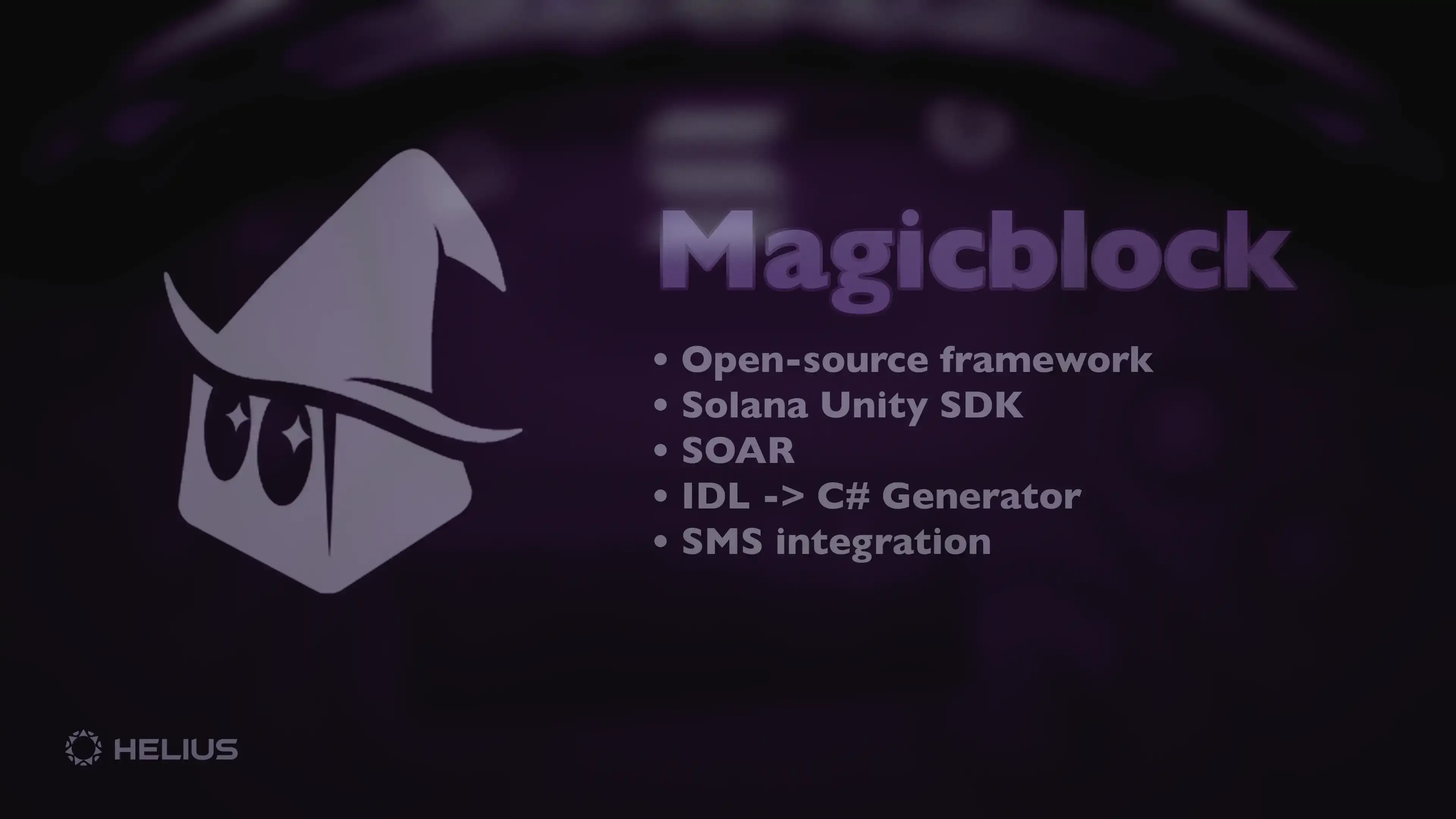
Seamless Solana Integration: Ephemeral rollups leverage Solana’s Virtual Machine (SVM) and account-based model, ensuring compatibility while offloading high-throughput workloads from the base layer.
-
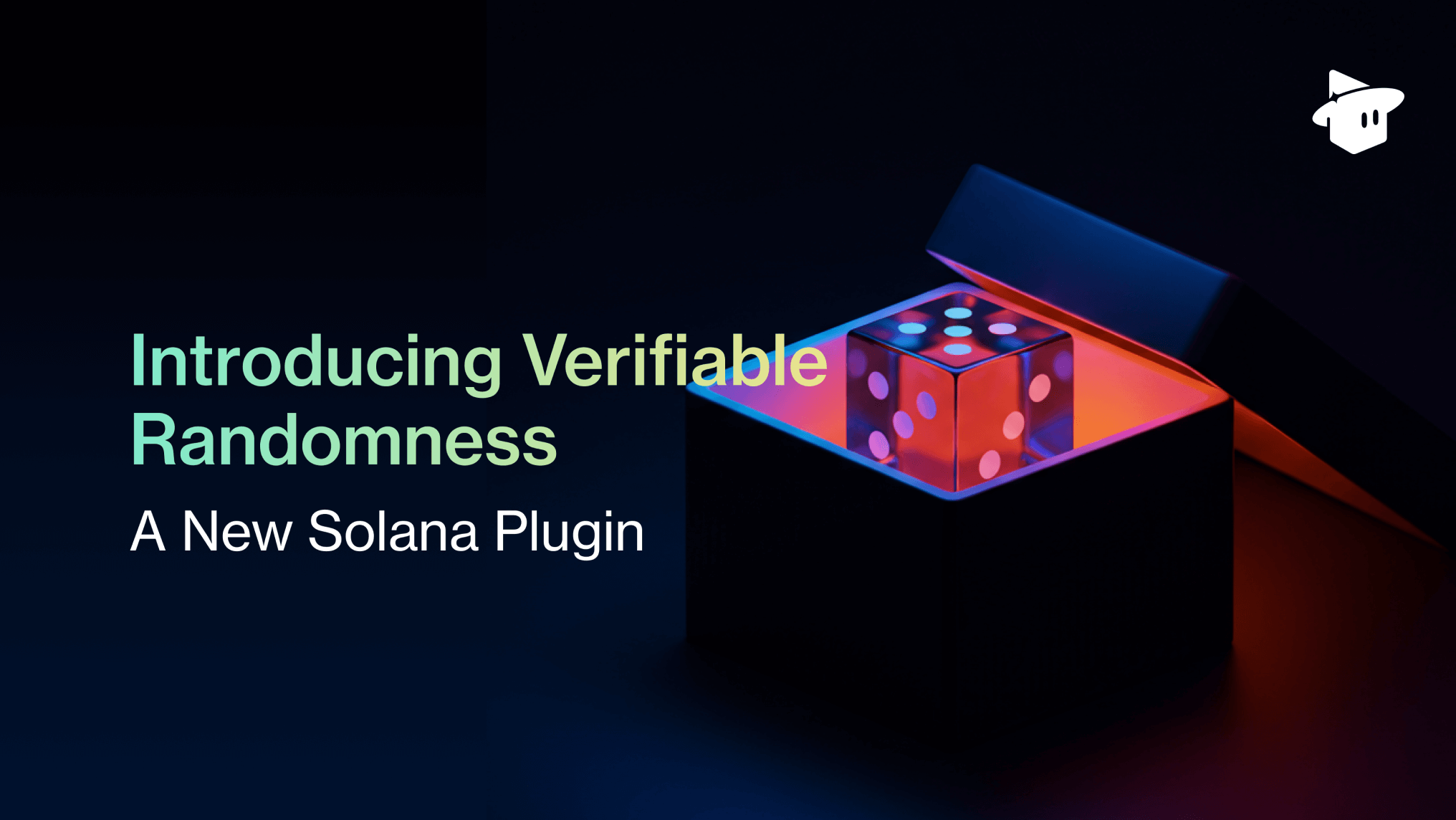
TEE-Secured Privacy: The recent introduction of Trusted Execution Environment (TEE)-secured ephemeral rollups brings institutional-grade privacy to Solana, enabling verifiable, compliant private computation without sacrificing performance.
-
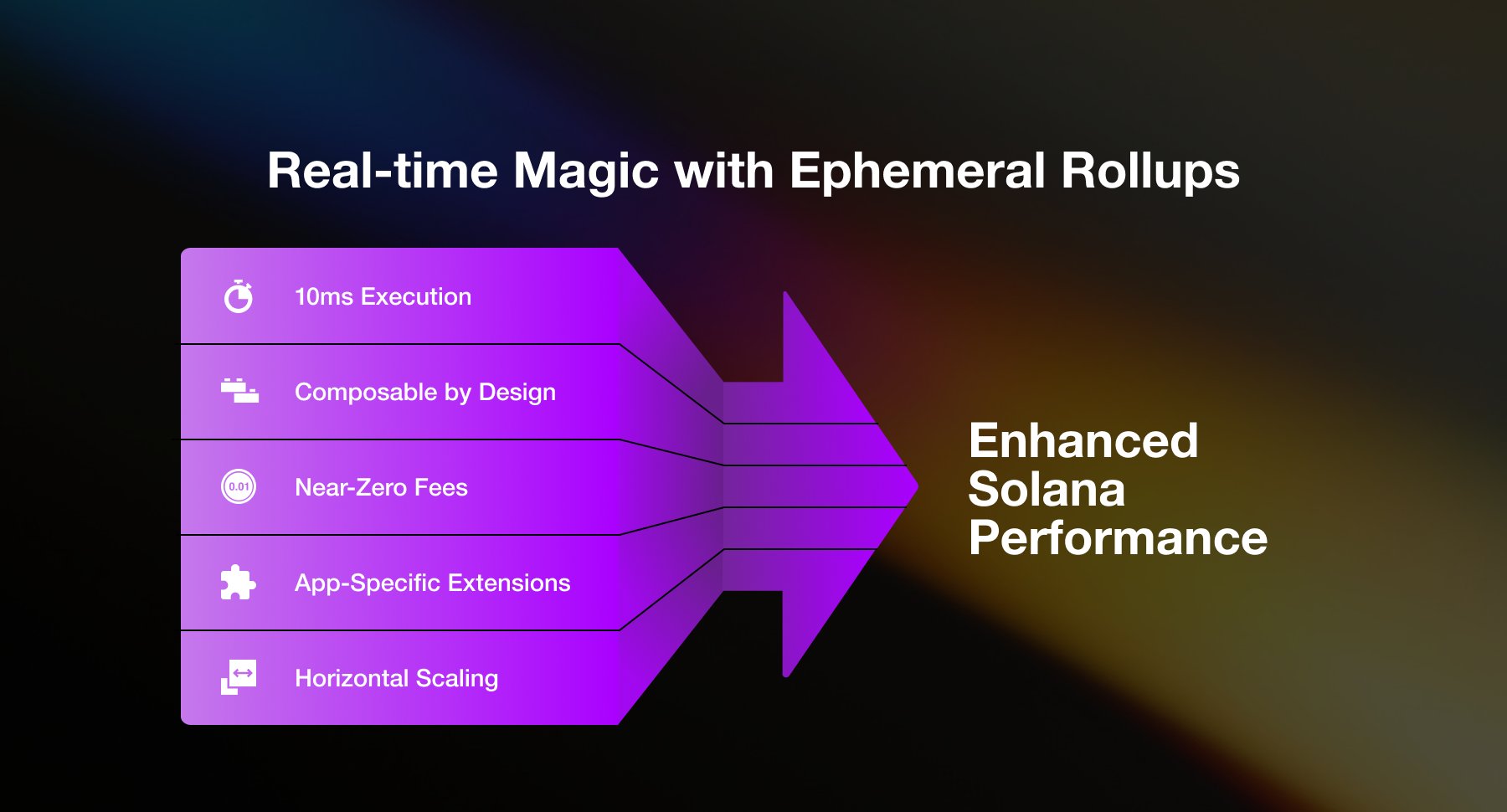
Optimized for High-Concurrency Applications: Designed with fully on-chain games, DeFi, and social platforms in mind, MagicBlock’s ephemeral rollups support massive user bases and transaction volumes that traditional blockchains cannot handle.
This model delivers several critical benefits:
- Ultra-low latency: Transactions can settle in as little as 10 milliseconds, enabling real-time responsiveness for on-chain games and apps.
- Gasless operations: By decoupling execution from persistent chain state, users interact without worrying about fluctuating gas fees.
- Horizontal auto-scaling: Multiple ephemeral rollups can be spun up in parallel, dynamically matching demand without manual intervention.
- Privacy by design: The latest TEE-secured ephemeral rollups enable institutional-grade private computation, a first for the Solana ecosystem.
Unlike generic L2s, MagicBlock’s approach leverages Solana’s parallel processing and account-based model, ensuring that all smart contracts remain compatible with the base chain. This means developers can offload high-throughput workloads while retaining composability and security guarantees.
Ephemeral Rollups in Action: The Gaming and DeFi Frontier
The most immediate beneficiaries of ephemeral rollups are sectors where real-time action and high concurrency are non-negotiable. Fully on-chain games, for example, have historically been bottlenecked by block times and fee volatility. With MagicBlock rollups, developers can deliver experiences that match or exceed Web2 standards, with composability and transparency intact.
DeFi protocols and flash auction platforms are also seeing transformative gains. Temporary blockspace allows for bursty, high-volume trading or bidding events without risking network congestion or front-running. This elasticity is critical for both user experience and protocol safety, especially as on-chain finance continues to evolve toward higher throughput models.
Beyond gaming and DeFi, the implications for on-chain social platforms, event-driven dApps, and even real-time analytics are profound. With ephemeral rollups, developers can confidently build applications that require rapid state changes and instant feedback, knowing that the underlying infrastructure will elastically scale to meet demand without manual tuning or prohibitive costs. This is not theoretical: MagicBlock-powered ephemeral rollups have already demonstrated transaction finality at sub-10 millisecond latency in live production environments.
Privacy is another frontier being redefined. By integrating TEE-secured ephemeral rollups, MagicBlock enables private computation with verifiable proofs – a feature previously unavailable at Solana’s scale. This unlocks use cases ranging from confidential DeFi strategies to enterprise-grade compliance workflows. The combination of privacy and speed is positioning MagicBlock as a foundational layer for next-generation blockchain applications.
Superchain Synergies: Interoperability and the OP Stack
While MagicBlock’s current focus is Solana, the architectural principles behind ephemeral rollups are highly relevant to the broader superchain and OP Stack ecosystem. The ability to spin up disposable, high-throughput execution environments aligns with the OP Stack’s vision of modular, interoperable scaling solutions. As demand for cross-chain composability grows, ephemeral rollups could serve as a blueprint for elastic blockspace across multiple L1s and L2s.
This is particularly relevant as the superchain thesis matures: horizontal scaling is not just about throughput, but about resource efficiency and developer experience. MagicBlock’s disposable chains demonstrate that ephemeral infrastructure can be both performant and cost-effective, setting a new standard for blockchain scalability solutions.
Key Use Cases Unlocked by Ephemeral Rollups
-

Massively Multiplayer Online Games (MMOs): MagicBlock’s Ephemeral Rollups enable real-time, fully on-chain gameplay for thousands of concurrent players, supporting transaction rates up to 1,000,000 TPS—a scale previously unattainable on any blockchain. This unlocks complex game mechanics, instant settlements, and seamless asset transfers on platforms like Solana.
-
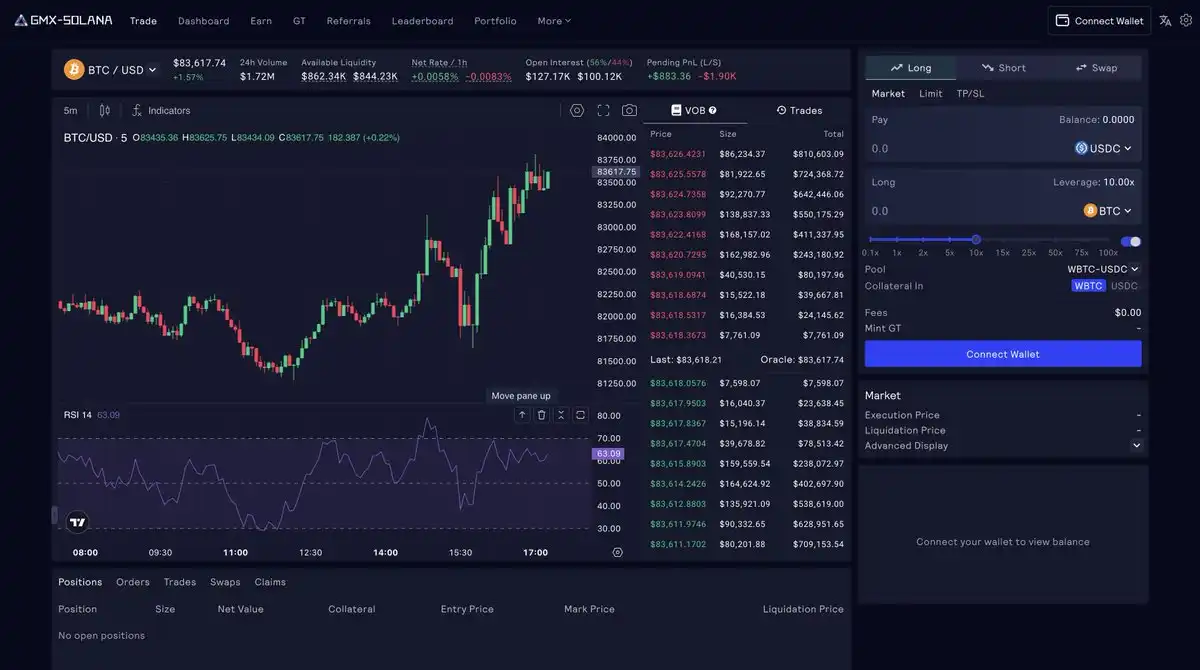
High-Frequency DeFi Trading: By leveraging TEE-secured Ephemeral Rollups, institutional and retail traders can execute gasless, ultra-low latency swaps and arbitrage strategies while maintaining privacy and compliance. This makes Jupiter and similar Solana-based DEXs more competitive with traditional finance in terms of speed and cost.
-

Event-Driven dApps (e.g., On-Chain Auctions & Lotteries): Ephemeral Rollups allow for scalable, fair, and transparent event processing—handling thousands of bids or ticket purchases in seconds. Projects like Metaplex can run high-throughput NFT drops or auctions with minimal latency and no gas wars.
-

Privacy-Preserving Applications: With TEE-secured Ephemeral Rollups, Solana developers can build compliant, verifiable private computation solutions for use cases like confidential voting, private DeFi pools, and secure data marketplaces—addressing both regulatory and user privacy needs.
-

On-Chain Social Platforms: Ephemeral Rollups support real-time interactions and scalable content feeds for social dApps, enabling features like instant messaging, live polling, and collaborative games. This empowers platforms such as Dialect to deliver Web2-like user experiences on-chain.
Challenges and Future Directions
No paradigm shift comes without tradeoffs. Ephemeral rollups introduce new operational complexities around state synchronization and validator incentives. Ensuring seamless integration with base layer security and cross-rollup composability remains an active area of research. However, the rapid pace of innovation – and the clear market demand for scalable, privacy-preserving infrastructure – suggests these hurdles are surmountable.
As more developers experiment with ephemeral rollups, feedback loops between user needs and protocol design will accelerate. MagicBlock’s open documentation and transparent benchmarks are already catalyzing a wave of experimentation in the Solana ecosystem and beyond. For those tracking the evolution of blockchain scalability, the emergence of temporary blockspace is a signal that the industry is moving from theoretical throughput to practical, production-grade performance.
For a deeper dive into how MagicBlock’s ephemeral rollups are redefining the limits of temporary blockspace and composability for games and flash auctions, explore this resource or see how similar innovations are shaping elastic blockchain scalability at Custom App Chains.
